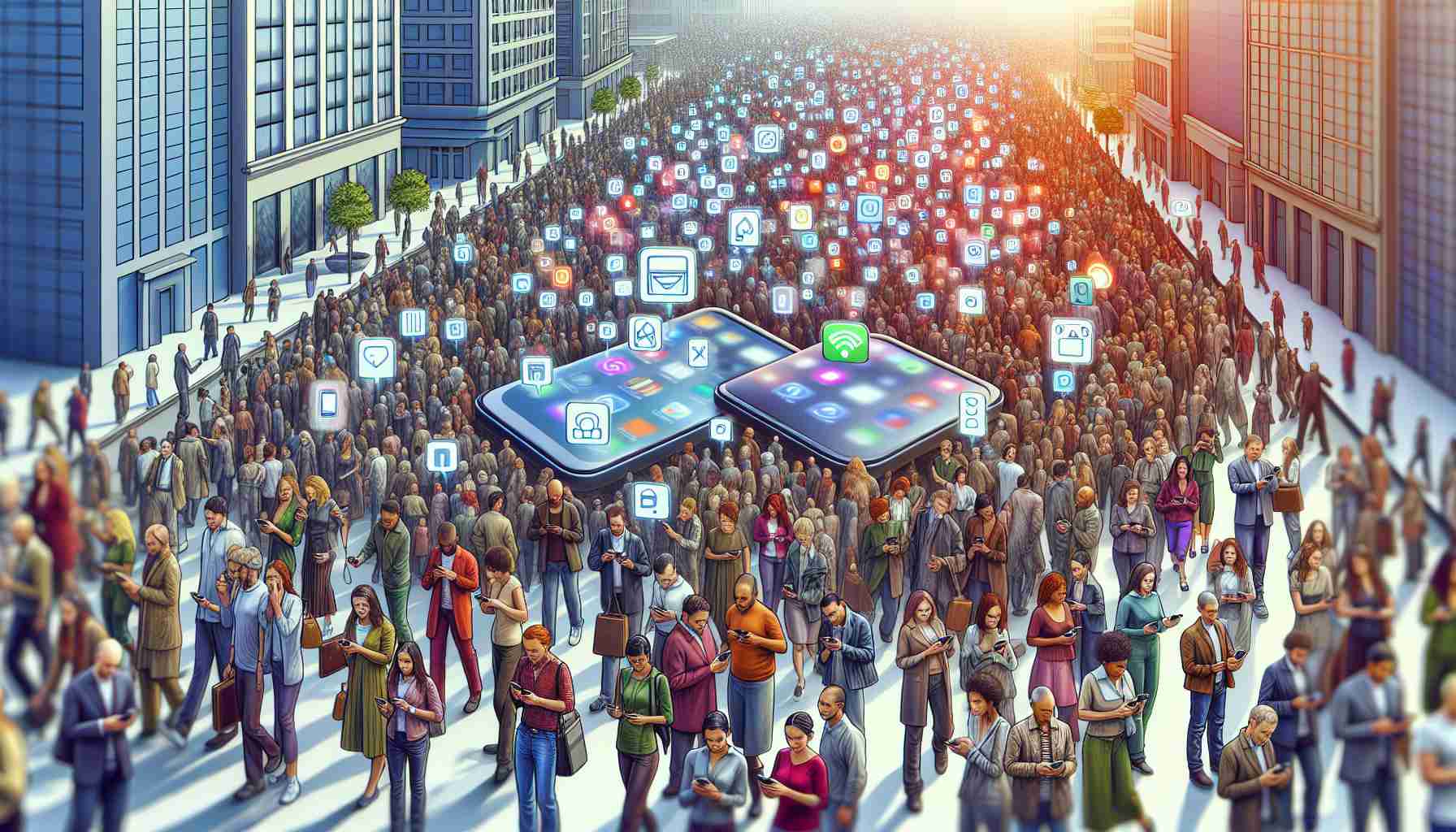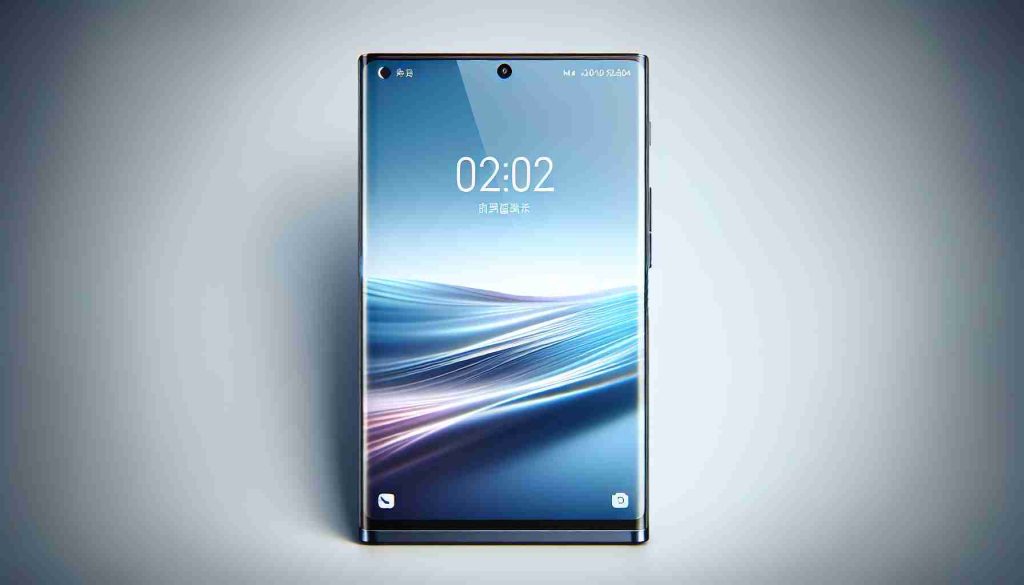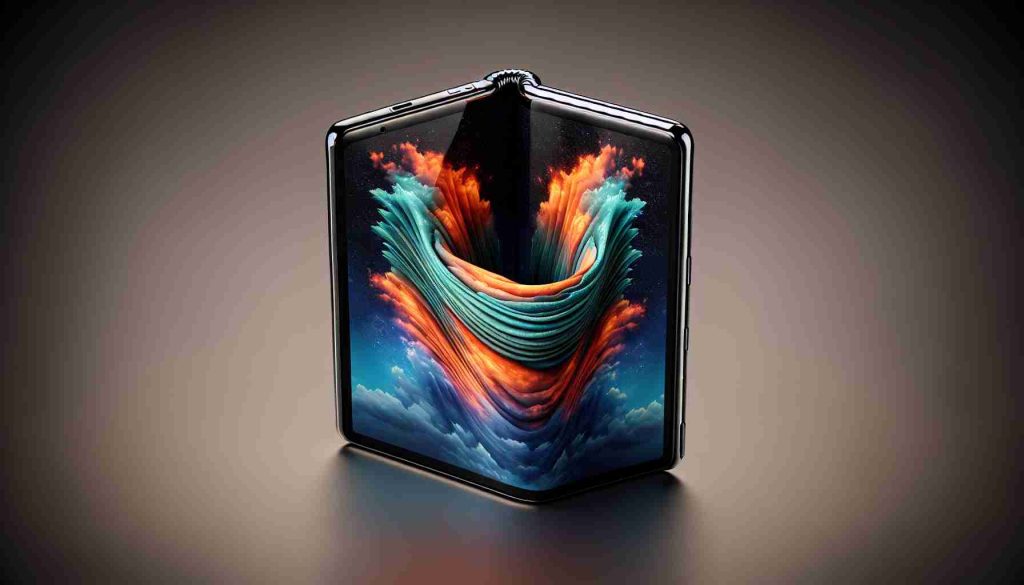The recent debut of Huawei’s Mate XT folding smartphone has sparked immense interest, akin to a lottery draw. Reports indicate overwhelming demand, both online and in physical stores, where consumers eagerly vie for their chance to purchase this groundbreaking device. The excitement surrounding its release has seen phrases likening the experience to stock market predictions, while scalpers have reportedly offered staggering prices for the new model.
This phenomenon occurs against a backdrop of declining personal and household spending. Consumers are pulling back from extravagant purchases as the era of consumerism in the country seems to have briefly dissipated. Gone are the days when shopping events elicited throngs of eager buyers, all clamoring to showcase brand logos on their attire.
Interestingly, the contemporary consumer landscape has shifted, largely influenced by technological advancements. While traditional industries like automotive sales struggle, innovative vehicles integrated with internet and artificial intelligence draw significant attention. Likewise, the dining scene remains stagnant post-pandemic, yet tech-savvy establishments continue to flourish.
Smartphones, particularly folding models like Huawei’s Mate XT, signify more than just a device. They embody a sense of controlled engagement with the world, illustrating that technology has permeated every aspect of modern life. These devices symbolize a shift in consumer focus—from mere functionality to the experience they facilitate in an increasingly interconnected existence. This evolution in consumption offers a fresh perspective on modern living, challenging the conventional binaries that have historically defined our interactions with products.
The Surge of Innovative Smartphones: A New Era of Consumer Engagement
The realm of smartphones has witnessed a remarkable transformation in recent years, moving beyond simple communication tools to multifaceted, innovative devices that redefine user engagement. The introduction of smartphones with advanced capabilities, such as augmented reality (AR), artificial intelligence (AI), and the increasingly popular folding designs, heralds a new era where consumer expectations are continuously being elevated.
What are the key features driving this surge in smartphone innovation?
Consumers are gravitating towards smartphones that not only provide basic functionalities but also enrich their daily experiences. Key features driving this trend include enhanced camera systems, AI-powered personal assistants, and seamless integration with smart home devices. Foldable smartphones, like the Huawei Mate XT, are especially appealing as they merge portability with expansive screens, catering to users who desire versatility in their gadgets.
How are consumer engagement strategies evolving within this context?
Companies are now focusing on creating ecosystems that increase interaction and immersion. By integrating apps, wearable devices, and lifestyle boundaries, brands are fostering loyalty and continuous engagement with their consumers. The rise of social media and influencer marketing has also played a crucial role in shaping perceptions and expectations, encouraging brands to innovate not just in hardware but also in customer experience and community building.
What are the key challenges associated with this smartphone revolution?
Despite the excitement, challenges remain significant. One major concern is the sustainability of resources used in manufacturing these advanced devices. The increasing demand for more powerful components leads to environmental concerns regarding e-waste and the carbon footprint of production processes. Furthermore, the constant innovation cycle places immense pressure on companies to outdo each other, potentially leading to quality control issues as they rush to bring products to market.
Moreover, cybersecurity has become a pressing issue with the proliferation of smart technology. As smartphones transform into the central hub for personal data and smart home integration, safeguarding against breaches is more crucial than ever.
What are the advantages and disadvantages of this new era of smartphones?
The advantages of innovative smartphones include improved connectivity, efficiency in daily tasks, and greater access to information and services. For consumers, they provide a means to engage with digital environments in ways previously unimaginable, enhancing both personal and professional lives.
On the downside, the rapid pace of innovation can lead to consumer burnout. Many individuals feel overwhelmed by the pressure to keep up with the latest technology, leading to a phenomenon known as “technological fatigue.” Additionally, the high cost of these cutting-edge devices can create a divide in accessibility, leaving budget-conscious consumers feeling excluded.
Conclusion
The surge of innovative smartphones marks a pivotal shift in consumer engagement, reflecting broader changes in how we interact with technology. As brands compete to offer the most advanced features, the implications of this evolution resonate beyond simple product usage, shaping how consumers perceive and interact with their digital worlds.
For more insights into the trends shaping consumer electronics, visit TechCrunch and explore their rich repository of articles on technology innovations and market analysis.























